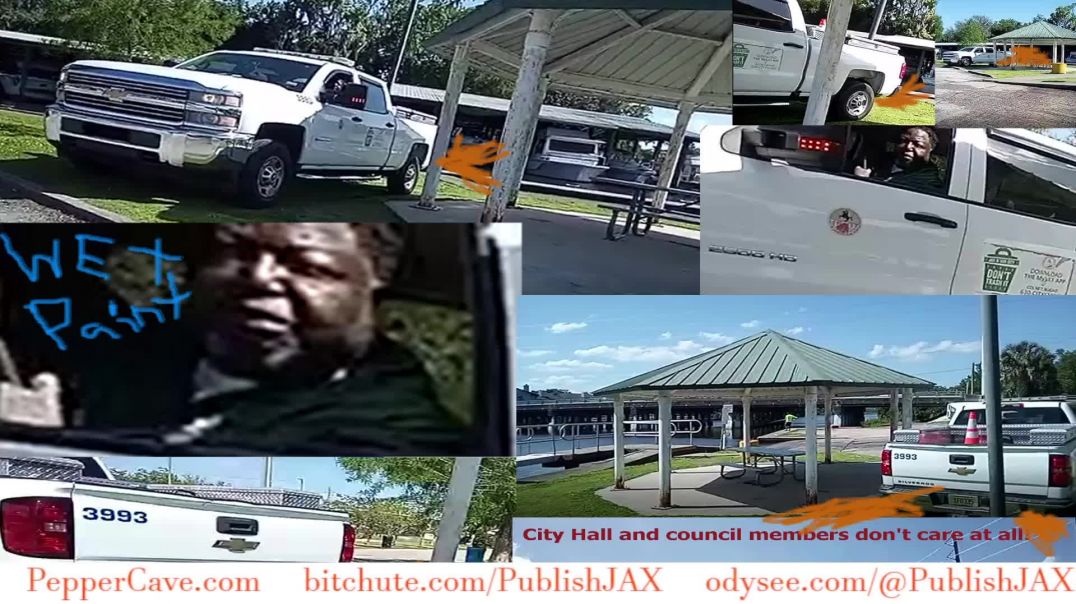Live streaming on Altcast.TV is now available!
Invader gas stations lock restrooms for White males who need to piss causing public health crisis!
Welcome! https://altcast.tv/@Hospitality
https://cookout.com/company/
https://www.yelp.com/biz/credo....s-pizza-ribs-and-bee
https://www.medicalnewstoday.c....om/articles/321408#s
By Julian E. Zelizer, a professor of history and public affairs at Princeton University.
https://foreignpolicy.com/2024..../09/27/springfield-o
My FP: Follow topics and authors to get straight to what you like. Exclusively for FP subscribers. Subscribe Now | Log In
September 27, 2024, 6:00 AM
Ever since the televised debate between Vice President Kamala Harris and former President Donald Trump on Sept. 10, Springfield, Ohio, has become an epicenter for ferocious anti-immigrant attacks. As he struggled to regain his footing against the vice president, Trump dredged up disproved claims promoted by his running mate, J.D. Vance, who said that Haitian immigrants in Springfield were eating dogs and cats.
Stay informed with FP’s news and analysis as the United States prepares to vote.
The false allegation, as New York Times columnist Lydia Polgreen argued, tapped into some of the worst nativist sentiment. “There is a long and grim tradition of demonizing Haitians in the United States,” Polgreen wrote, pointing to how the claim revolved around two cherished elements of life, food and pets. Polgreen argued that the situation is a reminder of the threat a second Trump term would pose. “In his elevation of something akin to blood libel against a group of blameless legal immigrants who came to America from their strife-torn nation in search of a better life through hard work… he has proved himself a dangerous and malevolent figure.” Indeed, anti-Haitian sentiment is deeply rooted in American culture, dating back to the Haitian revolution of 1791-1804, when there was a strong reaction against the overthrow of French rule. This rhetoric has frequently included accusations of animal consumption, as well as cannabalism.
As polls demonstrate that immigration remains a top concern for many American voters, Trump’s rhetoric in recent weeks has only become more toxic. At a rally on Long Island, New York, he warned his adoring crowd: “They’re coming from the Congo. They’re coming from Africa. They’re coming from the Middle East. They’re coming from all over the world—Asia. A lot of it coming from Asia. What’s happening to our country is we’re just destroying the fabric of life in our country. We’re not going to take it any longer. You got to get rid of these people. Give me a shot.”
Besides circulating a dangerous and toxic set of illiberal ideas that has caused Ohio officials to station guards at the Springfield schools and prompted two local colleges to go remote, Trump’s narrative erases the city’s real lesson for the United States: how immigrants are revitalizing decaying economic areas that have been left behind for decades.
Like places in many other so-called Rust Belt states, Springfield had been a city that struggled as the new high tech, financial service-centered economy took hold in the 1990s. But now, Springfield is booming. The recent history of the city shows not why immigrants are a threat to existing populations, but why they are part of the solution to economic decline and malaise.
This has been the history of immigration in the United States since the founding, and it remains just as important today as ever before.
For much of the 20th century, Springfield, Ohio, located about 45 miles from Columbus, was one of the thriving small cities of the Midwestern United States. Manufacturing had been at the heart of the economy since the late 19th century. In 1902, when the companies that produced Champion harvesters joined with several other brands in the merger that created International Harvester Co., more jobs and money came to the community with the production of agricultural machinery.
In addition to International Harvester, the local economy benefited from the presence of the Kelly-Springfield Tire Company, Crowell-Collier Publishing Company, and several other businesses. Though it was certainly not New York, Chicago, or Columbus, Springfield embodied the kind of bustling small city that was at heart of the American Century.
But like many of these cities, the area suffered greatly in the late 20th and early 21st centuries as factories closed and jobs went overseas. Between 1970 and 2020, the population fell from more than 80,000 to less than 60,000.
When Newsweek magazine sought in 1983 to capture for readers what was happening in this increasingly economically desolate section of the country, it zeroed in on Springfield; the editors said it had once been a “dream city.” The magazine














![THE LAST 🫥 WHITE MAN [TRAILER]](https://s3.us-central-1.wasabisys.com/altcast1/upload/photos/2025/09/ilF694ICZwZmA92JYSsq_14_86d46f0549e459cce3c8867283a129ab_image.jpg)






